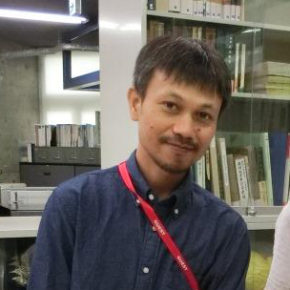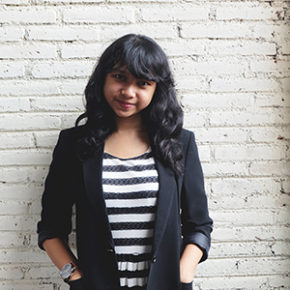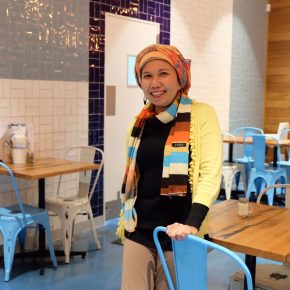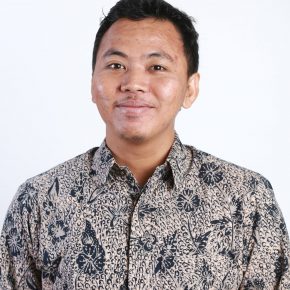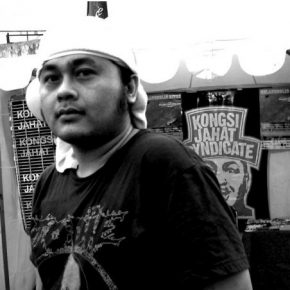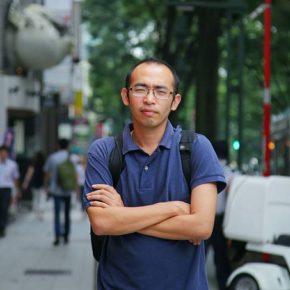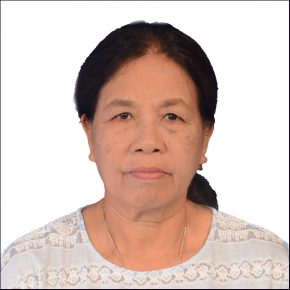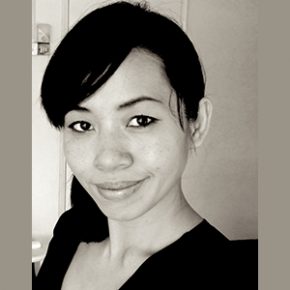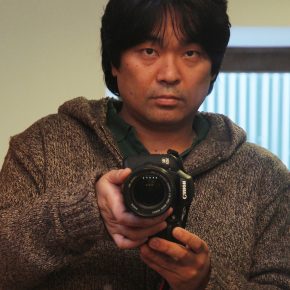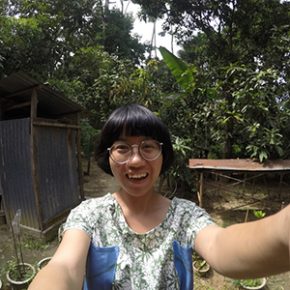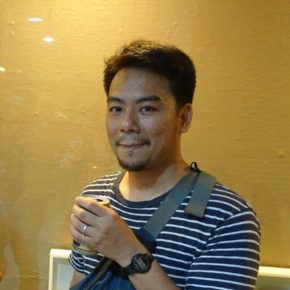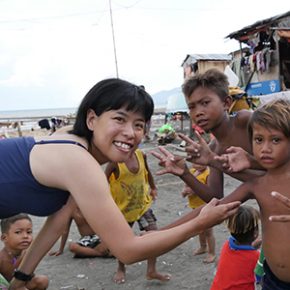Research on The "Modern Art" Exhibition in Indonesian Pavilion at Osaka Expo
Osaka Banpaku’1970 was the best international exposition in Japan since post-World War II. With the main topic of Progress and Harmony for Mankind, it featured 116 pavilions from 77 countries, including the Indonesian Pavilion designed by Design Center ITB after a contract leading commission from the BAPPENAS (National Development Planning Agency) in 1968. This research focuses on collecting references and documents, and examines the content of the art exhibition in pavilion room #4, which represents the sub-theme of Indonesian modern life circa 70’ through interviews with Indonesian and Japanese people involved as artists and employee staff. The outcomes exhibition fully emphasizes the Indonesian cultural identity as a new construction; within a conceptual strategy of exhibition were integrated traditional and modern artworks representing the first comprehensive exhibition of Indonesian contemporary art destined for foreign countries, especially that in the context of the history of Asian art. In other words this art exhibition not only displayed the timeline survey of the Indonesian cultural identity or accommodated the cultural policy of the Indonesian Government, also it can be interpreted as having a contextual meaning providing a collaborative mark pointing out contemporary art activities as an artistic strategy of the Indonesia artists of the early 70’s.
(Activity continued at Fellow's expense from July 25, 2016 to August 8, 2016.)
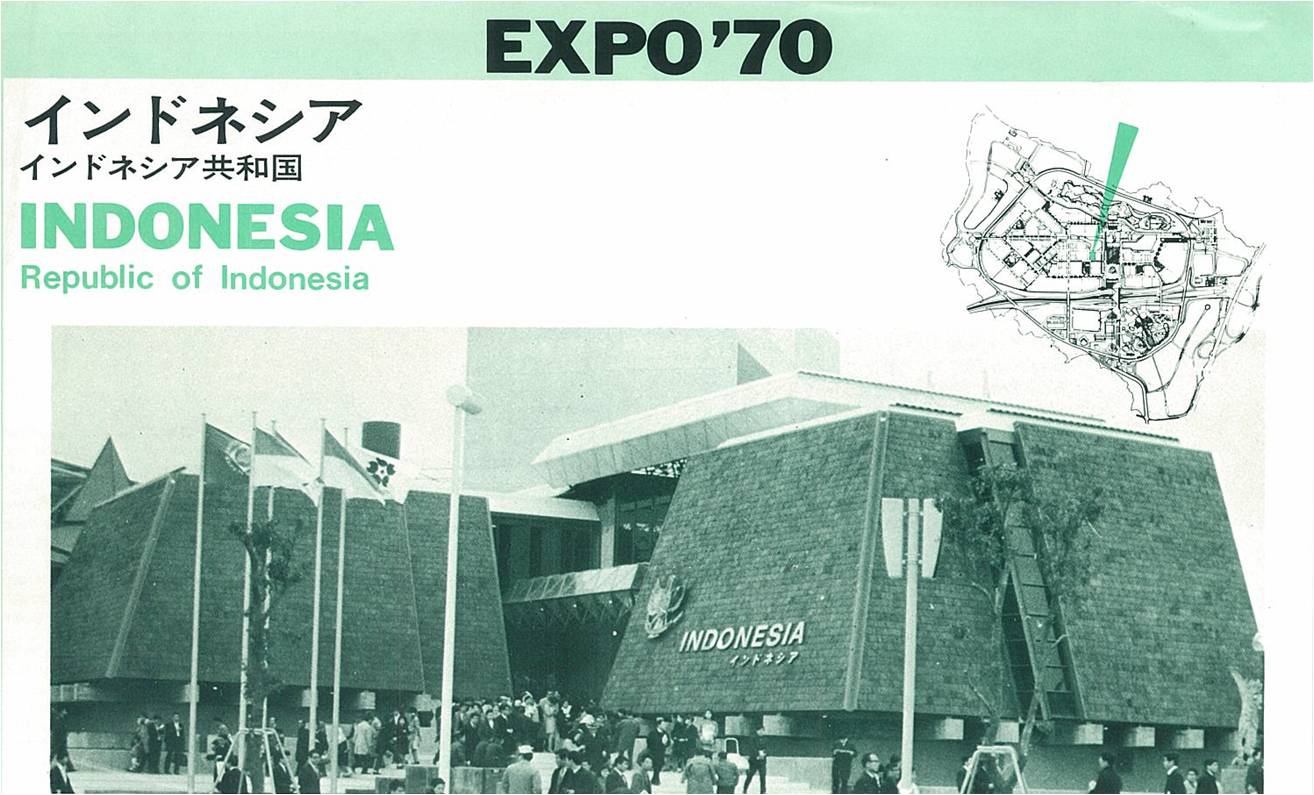
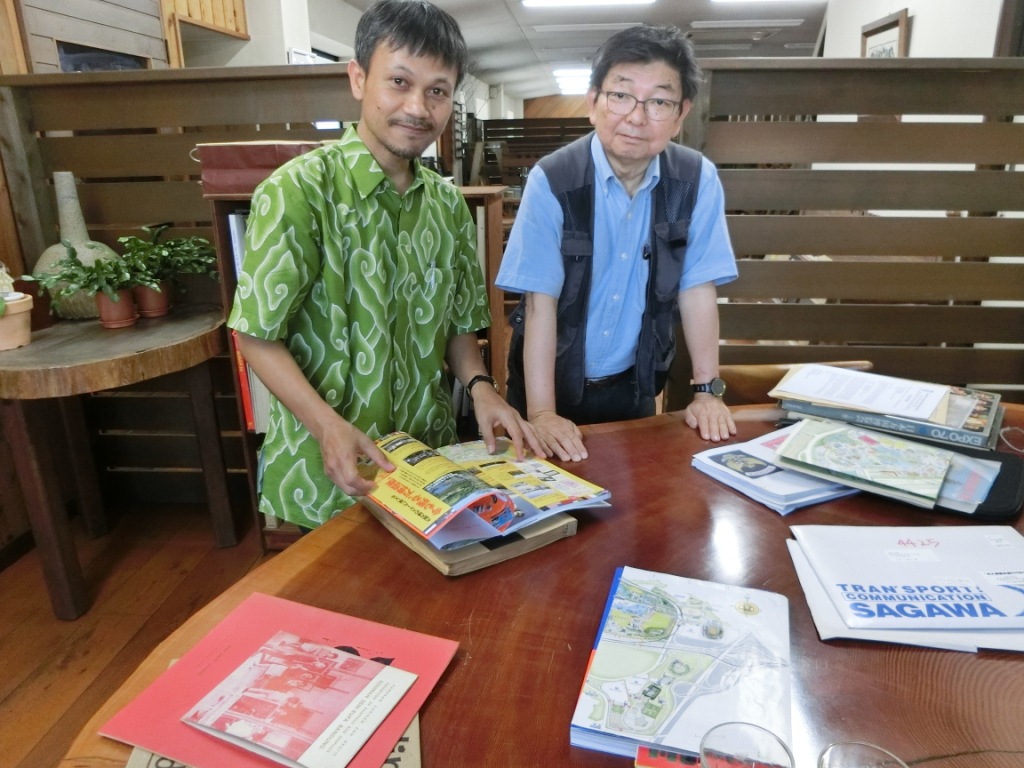

- Main Cities of Activity
- Fukuoka, Osaka, Tokyo
- Host Institution(s) / Individual(s)
- Masahiro Ushiroshoji (Professor, Faculty of Humanities, Kyushu University
- Fukuoka Asian Art Museum
- The Expo Commemoration Park Office
- Museum of Osaka University
- Masahiro Nakagawa (Former employee, Japan World Exposition Association)
- Crafts Gallery of The National Museum of Modern Art, Tokyo
- Activity Reports
- The "Modern Art" Exhibition in Indonesian Pavilion at Osaka Expo
